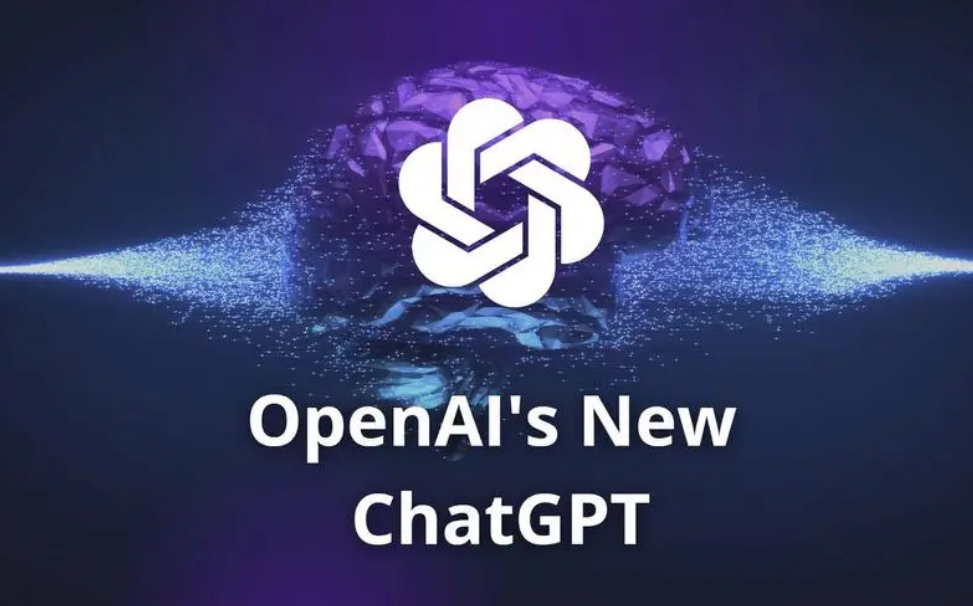Introduction: Setting the Scene
In today's digitally driven world, AI chatbots have become ubiquitous, assisting us in everything from customer service to personal companionship. But a question lingers: how accurate are these AI systems in truly understanding what we mean? Let’s dive into the data and explore the current state of AI comprehension abilities.
Decoding Human Language: A Closer Look at AI Understanding
AI chatbots, at their core, rely on complex algorithms and vast datasets to interpret human language. According to a study published by Stanford University in 2023, modern chatbots can understand textual human inputs with an accuracy rate ranging between 75% to 85%. This impressive range reflects the advancements in Natural Language Processing (NLP) technologies. However, these figures only scratch the surface of the nuanced reality.
For instance, when engaging with standardized queries or in controlled environments, AI chatbots perform exceptionally well. Yet, their accuracy dips significantly when confronted with slang, dialects, or heavily contextual conversations. A survey by TechCrunch in 2024 highlighted that chatbots only had a 50% success rate in accurately responding to colloquial or culturally specific phrases.
Real-World Applications and User Experiences
Practical applications of AI chatbots span from virtual assistants like Siri and Alexa to customer support bots across various industries. Users often report high satisfaction in routine task handling, such as setting reminders or retrieving information. Yet, narratives change when these interactions require deeper understanding or emotional sensitivity. For example, in a healthcare setting, AI's comprehension of patient expressions about symptoms or emotions was accurate only about 60% of the time, according to a study from the Journal of Medical Internet Research.

Challenges and Limitations: The Roadblocks Ahead
The primary challenge in enhancing AI chatbot accuracy lies in the subtleties of human communication. Irony, sarcasm, and humor frequently escape the grasp of even the most advanced AI. Furthermore, the cultural and linguistic diversity of global users adds layers of complexity that current AI technologies struggle to decode entirely.
The Future of AI Chatbots: Innovations on the Horizon
Moving forward, the focus for developers is to create more empathetic and contextually aware systems. Technologies such as GPT-4 and its successors are beginning to incorporate broader contextual understanding and emotional intelligence into their frameworks. This ongoing evolution aims to bridge the gap between human nuances and AI interpretation capabilities.
Engage with AI Innovatively
For those intrigued by the intersection of AI and human-like interaction, exploring platforms like porn ai chat offers a glimpse into how these technologies are shaping personalized digital experiences. These platforms not only enhance our understanding of AI’s capabilities but also challenge them to become more adept at handling complex human interactions.
While AI chatbots have come a long way in understanding human language, there remains a substantial journey ahead. As technology evolves, so too will the accuracy and sensitivity of these systems, potentially leading to a future where digital conversations are as rich and nuanced as those we have with our fellow humans.
